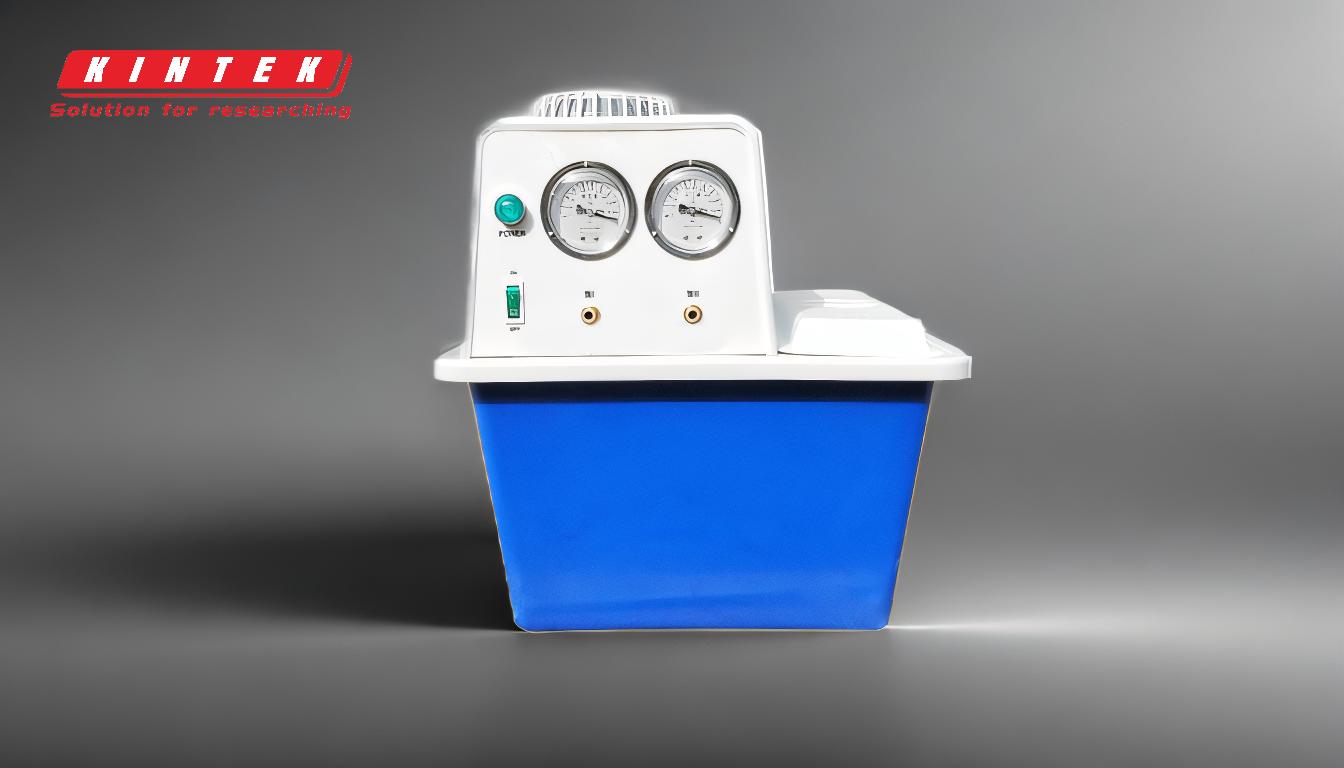A pump and a vacuum are related concepts but serve different purposes in various applications. A pump is a mechanical device that moves fluids (liquids or gases) by mechanical action, while a vacuum refers to a space devoid of matter or a state of low pressure. Pumps can create or maintain a vacuum by removing air or gas from a sealed space, but they are not the same as the vacuum itself. Understanding the difference between the two is crucial for selecting the right equipment for specific tasks, such as in industrial processes, laboratories, or HVAC systems.
Key Points Explained:

-
Definition and Function:
- Pump: A pump is a device that moves fluids (liquids or gases) by mechanical action. It can be used to transport fluids from one place to another, increase pressure, or create a vacuum by removing air or gas from a sealed space.
- Vacuum: A vacuum is a space that is entirely devoid of matter or has a pressure lower than atmospheric pressure. It is a state rather than a device, and it can be created or maintained by pumps.
-
Types of Pumps:
- Mechanical Pumps: These pumps use mechanical means, such as pistons, fins, or lobes, to move air or gas. Examples include rotary vane pumps and diaphragm pumps.
- Diffusion Pumps: These pumps operate without moving parts and use the vapor of a boiling fluid to capture air molecules, which are then moved and cooled to release the air molecules. They are often used in high-vacuum applications.
-
Creating a Vacuum:
- Pumps can create a vacuum by removing air or gas from a sealed space, thereby reducing the pressure inside that space. For example, a mechanical pump can scoop up air and push it out of a chamber, creating a low-pressure environment.
- The efficiency of a pump in creating a vacuum depends on its design and the type of fluid being moved.
-
Applications:
- Pumps: Used in a wide range of applications, including water supply, chemical processing, HVAC systems, and laboratories. They are essential for moving fluids and maintaining pressure in various systems.
- Vacuum: Used in applications such as vacuum packaging, semiconductor manufacturing, and scientific research. A vacuum environment is crucial for processes that require the absence of air or low pressure.
-
Key Differences:
- Nature: A pump is a mechanical device, while a vacuum is a state of low pressure or absence of matter.
- Function: Pumps move fluids and can create or maintain a vacuum, whereas a vacuum is the result of removing air or gas from a space.
- Usage: Pumps are used to transport fluids and manage pressure, while a vacuum is used in processes that require a low-pressure environment.
Understanding the distinction between pumps and vacuums is essential for selecting the right equipment for specific tasks. While pumps are mechanical devices that move fluids and can create vacuums, a vacuum is a state of low pressure that can be achieved and maintained using pumps. This knowledge is crucial for applications in industries ranging from manufacturing to scientific research.
Summary Table:
| Aspect | Pump | Vacuum |
|---|---|---|
| Definition | Mechanical device that moves fluids (liquids or gases). | A space devoid of matter or a state of low pressure. |
| Function | Moves fluids, increases pressure, or creates/maintains a vacuum. | A state achieved by removing air or gas from a space. |
| Types | Mechanical pumps (e.g., rotary vane, diaphragm), diffusion pumps. | Not applicable (state, not a device). |
| Applications | Water supply, chemical processing, HVAC systems, laboratories. | Vacuum packaging, semiconductor manufacturing, scientific research. |
| Key Difference | Device that moves fluids and can create a vacuum. | State of low pressure or absence of matter. |
Need help choosing the right pump or vacuum system? Contact our experts today!









